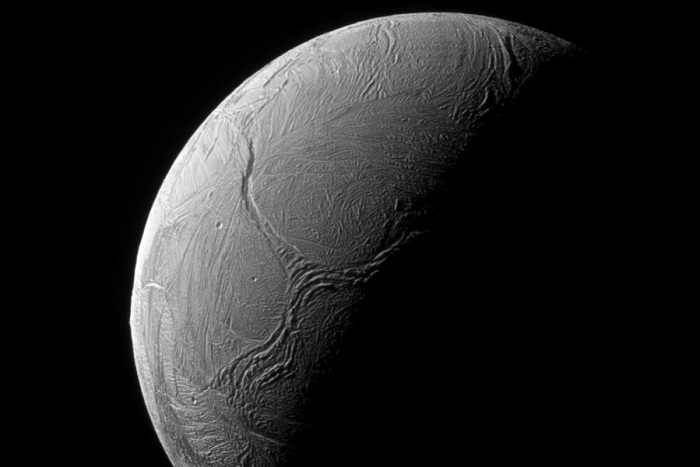In a bid to boost chances of finding signs of life in extraterrestrial worlds, NASA researchers are developing a tool that can tell the difference between amino acids that come from nonliving sources such as meteorites and amino acids that come from living organisms.
The liquid-based technique known as capillary electrophoresis has existed since the 1980s but scientists have now customized it so it can be used to detect alien life on other planets.
The new detection method, which can be used by robotic missions exploring extraterrestrial worlds, is designed to detect the presence of amino acids, the compounds that make up protein, which play an important role in almost all biological processes.
Jessica Creamer from NASA`s Jet Propulsion Laboratory explained that the method, which has already been successfully used to identify amino acids in the salty water of Mono Lake In California, allows scientists to detect amino acids at very low concentrations regardless if the analysis involves highly salty samples.
Experiments at the Mono Lake allowed the researchers to analyze 17 different amino acids simultaneously. Using a mix-and-analyze process, scientists can tell the differences between amino acids that come from nonliving and living sources.
"These methods allow detection limits down to 5 nM for the neutral amino acids and 500 nM for acidic amino acids and were used to analyze samples collected from Mono Lake with minimal sample preparation," Creamer and colleagues wrote in their report.
Enhance Ability Of Space Missions To Search For Signs Of Life
The method is 10,000 times more sensitive compared with other methods that are currently used by space probes, which means that the technology could enhance the ability of future space missions to find signs of life.
Because it is relatively easy to use and can easily automate analysis of liquid samples, the liquid-based technique can make significant contributions in the search for alien life particularly on ocean worlds, which scientists believe are the best places outside of Earth to find signs of life.
The test can be very useful in analyzing samples from Mars and the ocean worlds of Jupiter`s moon Europa and Enceladus.
The Cassini mission has so far detected sodium and potassium in the geyser-like plumes of Saturn`s moon Enceladus. Methane, water and nitrogen have also been found on the moon. Scientists said that organics, energy and a salty ocean make the existence of extraterrestrial life in these worlds plausible.
"Our best chance of finding life is by using powerful liquid-based analyses like this one on ocean worlds," said Peter Willis of NASA`s Jet Propulsion Laboratory.
The technology can have potential uses in conducting chemical analysis of samples from ocean worlds with water plumes, wherein sending probes to get samples from the surface may no longer be necessary.
/TechTimes/
More about:
















































